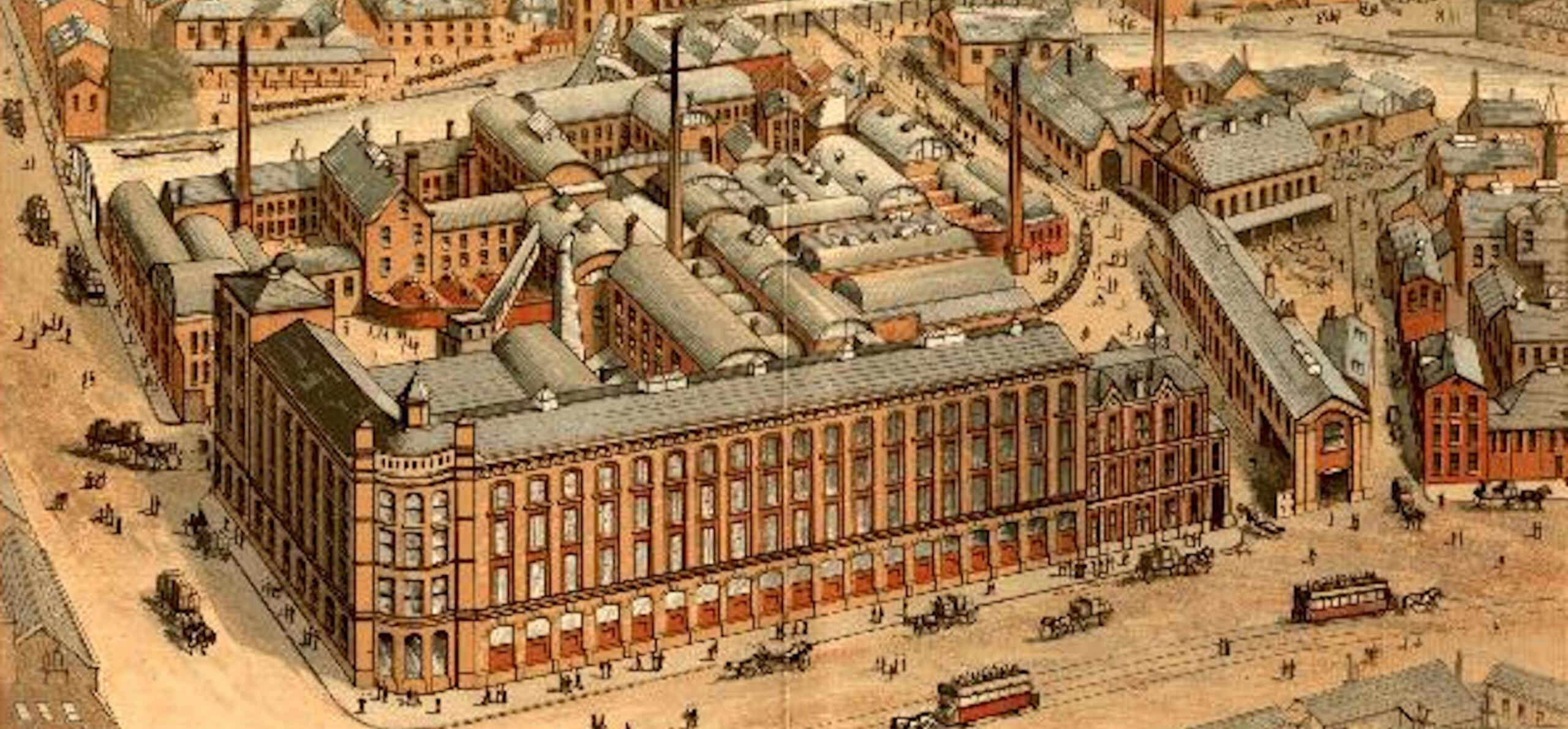This is the third and final part of our blog series answering some of the most commonly asked questions about the history of Reading. The first part looked at Reading's Saxon, Viking and Norman history, the second part explored Reading Abbey, and this final entry explores the modern history of our town.
What happened to Reading during the English Civil War?
In 1642, the English Civil War broke out between forces backing Parliament (the Parliamentarians) and those supporting King Charles I (the Royalists). Reading was halfway between King Charles I’s headquarters in Oxford and Parliament’s base of operations in London. Royalist troops occupied Reading and used the walls of the ruined abbey to build fortifications around the town. The old abbot’s lodgings were damaged in this process, and the building was never to be used as a royal palace again.
In 1643, Reading was besieged and captured by Parliament, only to then be retaken by the Royalists.This was followed by King Charles I's order in 1644 that the town's defence should be slighted and the town deserted, advising the townpeople who didn't want to fall back into the hands of Parliament to travel to Oxford instead.
By 1649, Parliament regained the upper hand in the war, and King Charles I was condemned to death. Reading’s MP Daniel Blagrave was one of 59 judges who signed the royal death warrant.
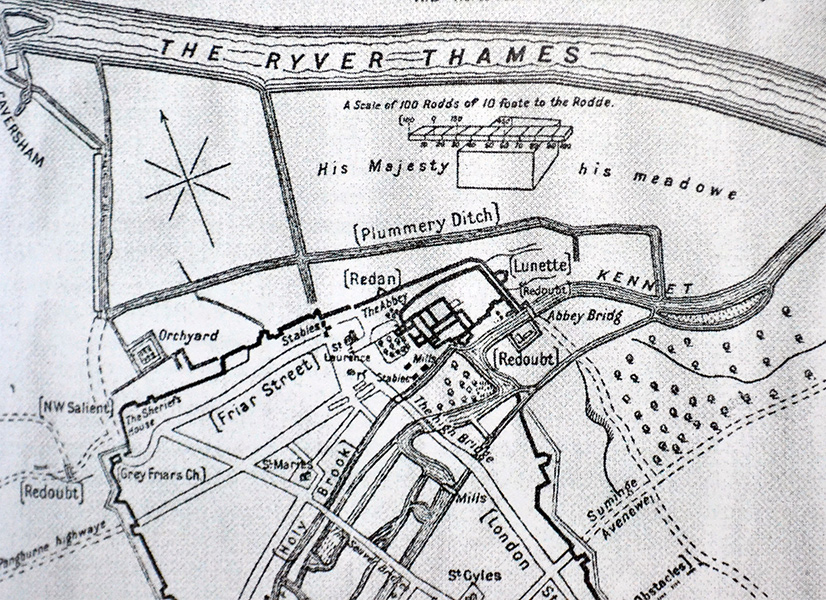
Map of Reading's Civil War defences, 1643
What was Reading’s role in the ‘Glorious Revolution’?
The Protestant Dutch Prince William of Orange led a ‘Glorious Revolution’ against the rule of Catholic King James II in 1688 and became King William III. The revolution was largely peaceful, but at James’ and William’s supporters clashed in Reading at the deadly Reading Skirmish, sometimes also known as the ‘Battle of Broad Street’. Six of James’s men and two of William’s were killed and buried in St Giles’ churchyard.
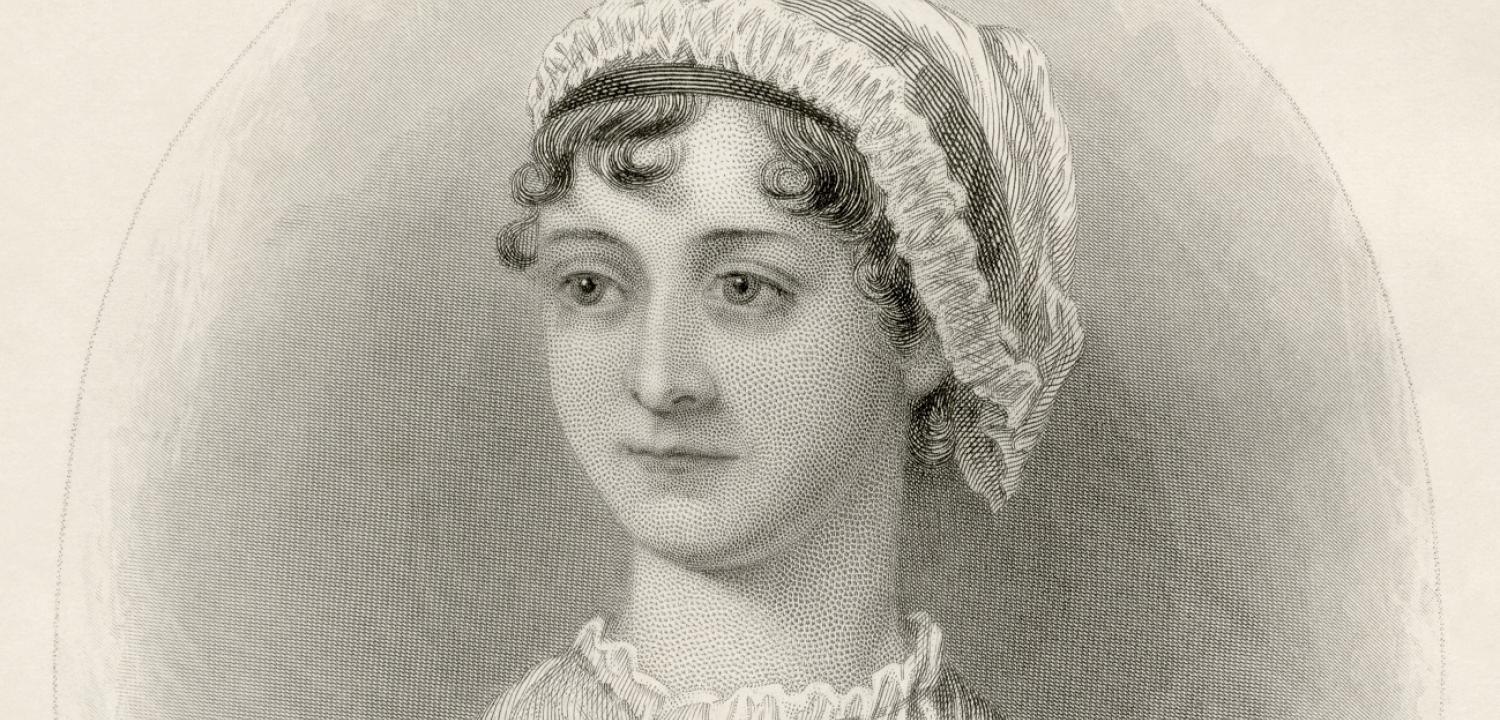
Jane Austen went to school in Reading
What school did Jane Austen go to?
Jane Austen and her sister Cassandra attended the Reading Ladies Boarding School in the Abbey Gateway for 18 months between the spring of 1785 and December 1786. You can find out more about why they attend school in Reading in our Jane Austen's school days blog.
Why is Reading known for the three Bs?
Between the 1700 and 1800s, Reading became an important centre for business and trade and grew into a thriving market town. Its three most important business became known as the three Bs – standing for beer, bulbs and biscuits. The beer was made by Simonds Brewery (opened in 1785), the bulbs were grown by Sutton’s Seeds (established in 1837), and the biscuits were baked by Huntley & Palmers (started in 1822).
Reading expanded thanks to the development of its transport links. Improvements along the River Kennet from Reading to Newbury (completed in 1723) made the journey quicker and easier for boats transporting goods. When the Kennet and Avon Canal opened in 1810, agricultural produce and manufactured goods from Reading could be shipped directly to Bristol and London and then to markets overseas. There were also new fast coach services connecting the town to London, Oxford, Bath and Bristol.
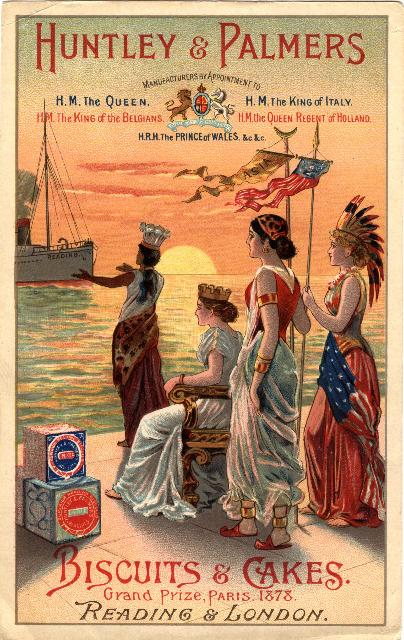
Huntley & Palmers advertising leaflet from 1890s, showing four women dressed in different national costumes welcome a ship named 'Reading'.
What was Reading’s role in the slave trade and the British Empire?
Beginning with exploration in Tudor times, new sea-routes began bringing greater trade with Africa and other parts of the world. This was also the origins of the transatlantic slave trade, where Europeans bought slaves in Africa to work on plantations in their new colonies in the Americas.
In the 1700s, it was fashionable for wealthy families in Britain to have enslaved black servants. These servants were some of Reading’s first black residents. They were not allowed to use their real African names and were given new European names, usually taking the surname of their owners.
Before the inhumane slave trade was fully abolished in 1834, several wealthy Reading families, including the Blagraves or Blagroves, had investments in Caribbean sugar and cotton plantations where the work was done by slaves. While some people made their wealth though colonial and slavery trades, others were increasingly horrified by this exploitation and actively campaigned for the abolition of slavery. You can find out more about Reading’s links to the transatlantic slave trade and abolition movement in the Reading International Solidarity Centre (RISC) online exhibition. Our blog, Reading’s early Black history, also explores the subject in greater detail.
By the 18th century, Reading was a thriving market town, a regional centre for business. Britain was prospering from growing international trade and Reading merchants, like sailcloth maker Musgrave, were profiting from these global connections.
In the 19th century, Reading's largest companies used Britain’s colonial expansion to source ingredients and raw materials and to reach new markets for their products. Huntley & Palmers both exploited Reading’s global links and created new ones. As early as 1840, their Banbury cakes were sent to the USA, India, and Australia. In 1874, the firm boasted, ‘seldom a ship sails from England that does not bear within his ribs a Reading biscuit’. In his 1899 novel The Heart of Darkness, Joseph Conrad even used an image of an empty Huntley & Palmers tin as a symbol of European colonial power and destruction in Africa. Huntley & Palmers was famous for its biscuits tins that were made in Reading by Huntley, Boorne & Stevens.
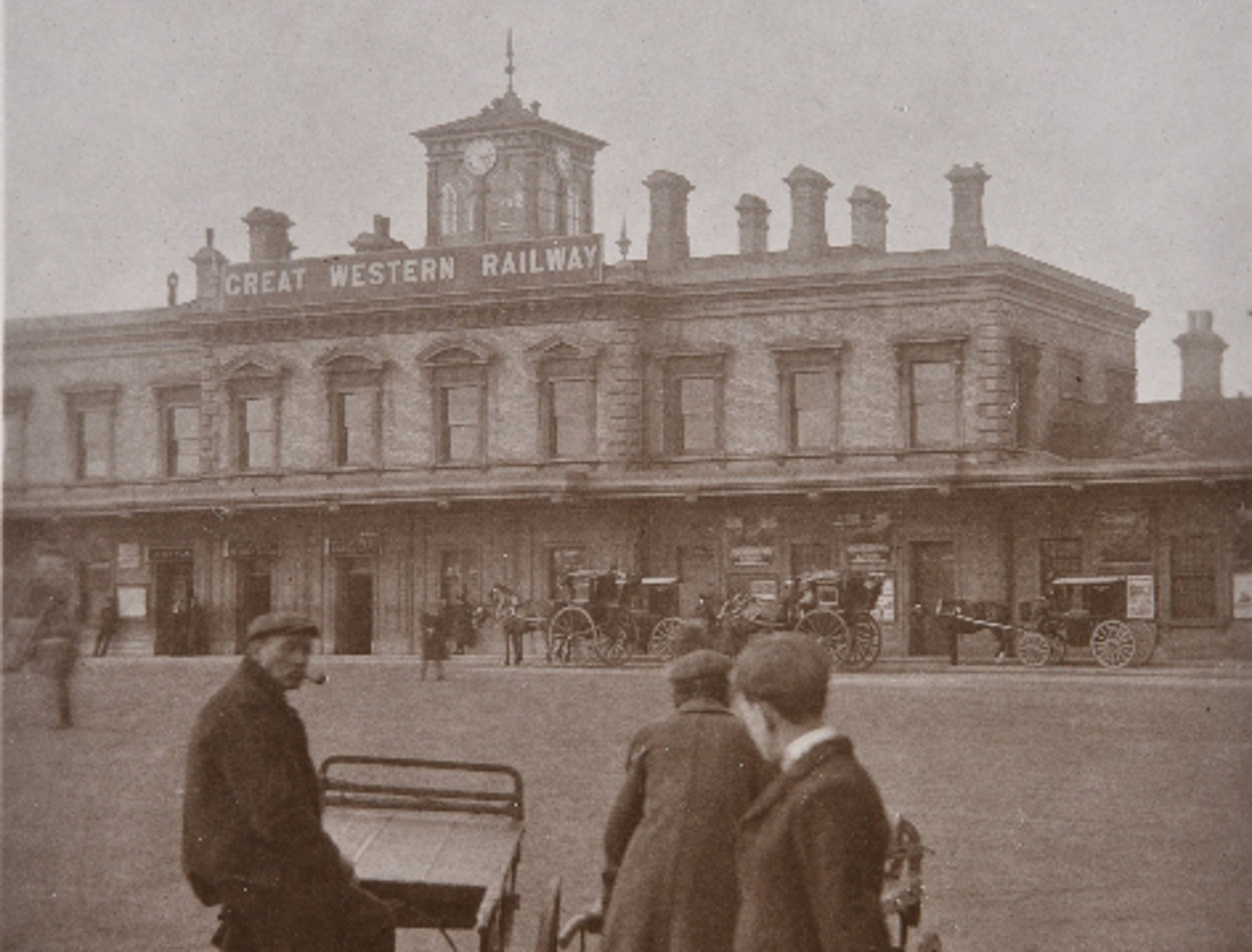
Reading station in about 1900
When did the railways arrive in Reading?
On 30 March 1840, the Great Western Railway’s first-ever passenger train departed from Reading to London. Between 1840 and 1945, Reading became an industrial town. Steam powered the railways and new factories emerged, turning out huge numbers of machine-made goods. Reading’s appearance was transformed through the arrival of factories, ornate public buildings (including the Town Hall and Museum), and new homes for workers, all made from the distinctive local red brick. By 1856, three separate railway companies ran routes through Reading, causing a rapid increase in population (from 9,400 in 1801 to 21,500 in 1851, and over 70,000 by 1900).
As Reading expanded, new services were established including gas and electricity supplies, sewers, public transport, schools, parks, a prison and a hospital. In 1869, the town was confirmed as the county town for Berkshire and the extent of the borough was increased to the south (Whitley) in 1887 and again in 1911 to the north (Caversham) and west (Tilehurst). This rapid growth brought great prosperity but many workers faced low pay, poor working and inadequate housing. This led to working people in Reading starting to organise themselves to seek better pay and employment conditions.
Why was Oscar Wilde jailed in Reading?
Oscar Wilde, the poet and playwright, was the most famous inmate of Reading Gaol. In 1895, he was convicted of ‘acts of gross indecency with another male person' and sentenced to two years with hard labour. In Reading Gaol he became prisoner C.3.3 - the occupant of the third cell on the third floor of C wing. He wrote De Profundis while in prison and wrote The Ballad of Reading Goal after his release in 1897. Before his imprisonment. Wilde was a friend of Walter and Jean Palmer of the Huntley & Palmers biscuit company and had visited their Reading home.
What part did Reading play in the First World War?
In the First World War, thousands of young men from Reading signed up to fight and many never returned. With the men away, women took on their jobs in the factories. Huntley & Palmers made both army biscuits and shell cartridges for the war effort.
Reading also became one of Britain's main medical centres, treating casualties sent to recover from the frontline. Reading’s workhouse (later Battle Hospital) became Reading's no. 1 war hospital. Nos. 2 to no. 6 section hospitals were located at local schools and the Royal Berkshire Hospital. In total, over 39,000 people were treated in Reading during the First World War.
It was also a period when women were fighting for the right to vote and to take public office. Many Reading women, including Phoebe Cusden, Edith Morley, and Edith Sutton, were trailblazers in the suffrage movement.
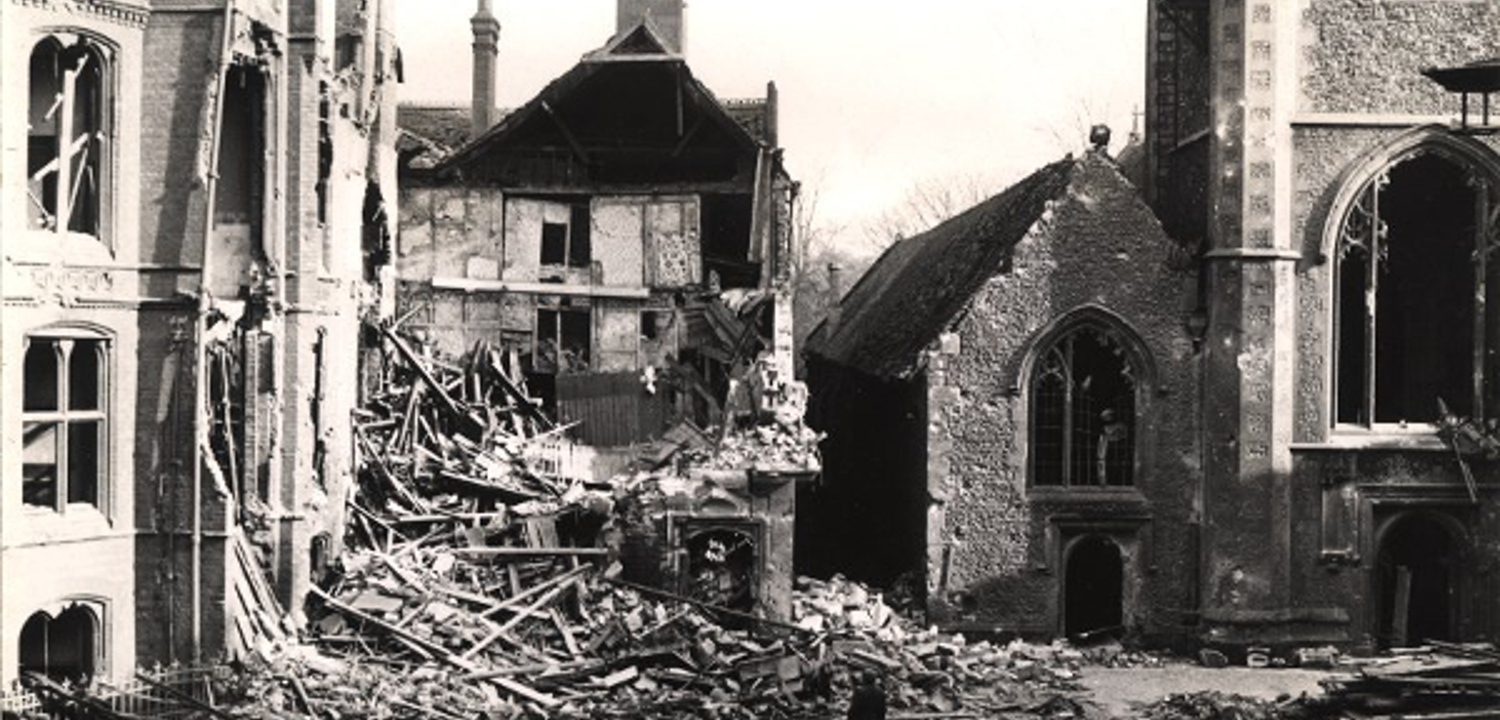
Air raid damage at the Town Hall, Blandy & Blandy Office and St Laurence's church, 1943
Did Reading get bombed in the Second World War?
The war came close to home with several bombing raids over Reading during the Second World War. The most serious was on 10 February 1943 when a single German fighter plane bombed and machine-gunned the town centre including the Town Hall and St Laurence’s church. 41 people were killed and over 100 more were injured. 29 of those who died were in the popular People’s Pantry restaurant in the Market Arcade.
The German plane may have been targeting the railway or other local industrial targets. Reading’s industry had mobilised for the war effort, for example Vincent’s Garage near the station assembled spitfires and carpenters at Elliot’s in Caversham made D-Day landing craft and decoy aircraft.
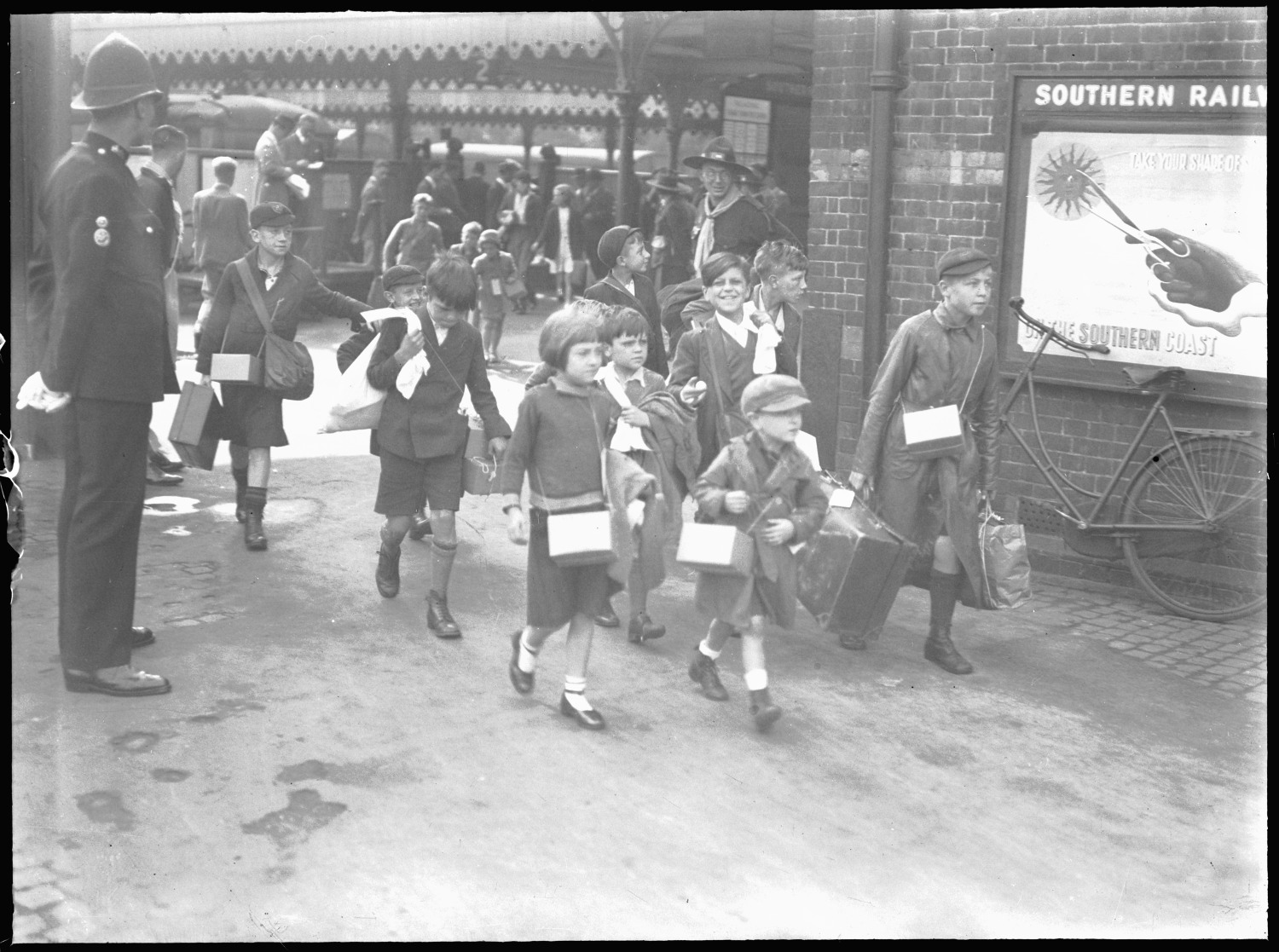
Evacuees arriving at Reading Station in 1939
What is Reading’s connection to Paddington Bear?
At the start of the Second World War, Reading received a huge influx of evacuees who arrived by train from Paddington station. The first group of children from London arrived in Reading on 1 September 1939, and by October 1941 the town was accommodating 25,000 evacuees. The sight of these children with their luggage labels later inspired local man Michael Bond to create the character of Paddington Bear.
In fact, Michael had a lucky escape himself during Reading’s most serious air raid in 1943; he walked away unharmed from a badly damaged building where he had been working for the BBC. The BBC’s Radio Monitoring Centre at Caversham Park provided information for news bulletins by translating broadcasts from around the world. It was here in May 1945 that the news of Germany’s surrender was first received in the UK.
What happened to Huntley & Palmers?
Huntley & Palmers became one of the world's first global brands and by 1900 Reading was home to the largest biscuit manufacturer in the world, employing over 5,000 people. From the 1870s until the 1970s, Reading was known as ‘Biscuit Town’ because of the fame of Huntley & Palmers' biscuits. The firm influenced almost every aspect of life in the town. Reading Prison was nicknamed ‘the biscuit factory’ because of its close proximity to the factory, while Reading's football team were known as the ‘Biscuit Men’.
After the First World War, Huntley & Palmers found it difficult to recruit enough staff. Despite attempts to bring in workers from other parts of the UK, the firm continued to suffer from a shortage of labour, so in 1955 it opened a second factory in Huyton, Liverpool.
On 24 November 1972, the Reading Chronicle reported that a decision had been taken to close Huntley & Palmers down. It stated ‘News of the run down came as a blow [...] for Huntley & Palmers is synonymous with the town'. Biscuit production finally ceased in Reading in 1976 and the office block was demolished in the early 1990s. Today only one building remains: the old recreation club on Kings Road. While it was converted into housing, its Huntley & Palmers sign remains intact.
Reading Museum is home to the Huntley & Palmers Collection with a permanent display in the Huntley & Palmers Gallery.
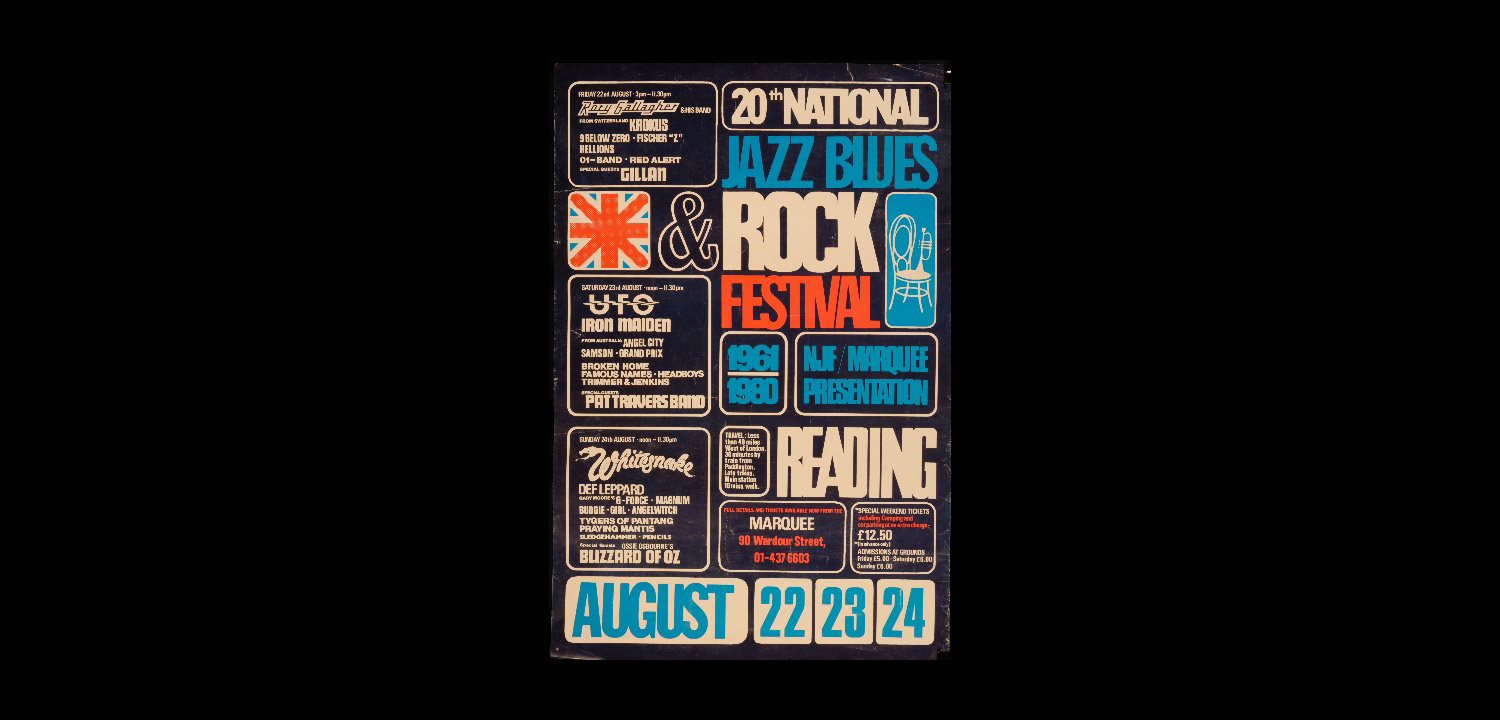
Reading Festival poster 1980
How did Reading become a 'Silicon city'?
In 1945, Reading stood on the brink of the digital age. From the 1950s, new jobs in manufacturing, public transport, construction, retail, and the newly-founded NHS attracted young workers especially from Ireland, India, Pakistan, and the Caribbean. The new generation settled and started families, making Reading one of the most culturally diverse towns in the UK, with 150 languages spoken across the Borough.
New service sector businesses like IT and finance expanded, assisted by new transport and communication links including the M4 motorway and fast intercity trains. At the same time, traditional manufacturing disappeared, and former powerhouses like Simonds, Huntley & Palmers and Suttons Seeds had all moved out of central Reading by the 1980s.
Reading is now a place with an international reputation. Visitors come to experience the Reading Festival which started in 1971, shop at The Oracle, attend football matches at the Madejski Stadium, and study and research at the University of Reading. Many people think Reading is officially a city, but in fact it is the largest town in the UK (by some distance)!
Find out more about Reading's history
To learn more about Reading's past, including its older history, explore part 1 and part 2 of this series for an overview of the town's past and links to other pieces of web content across the web.
Alternatively, come and visit us at Reading Museum where many of our galleries explore local history and archaeology including the Story of Reading Gallery, or explore photographs, paintings, objects and local topics on our Collections Online website.
